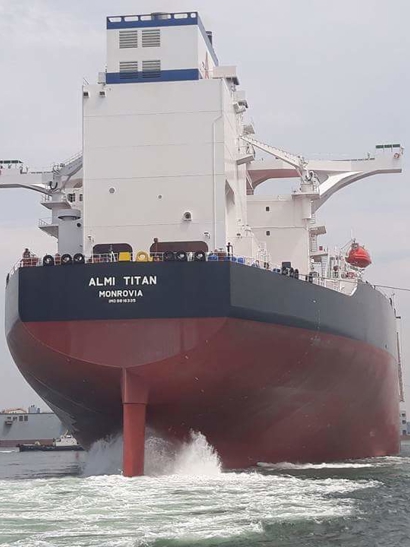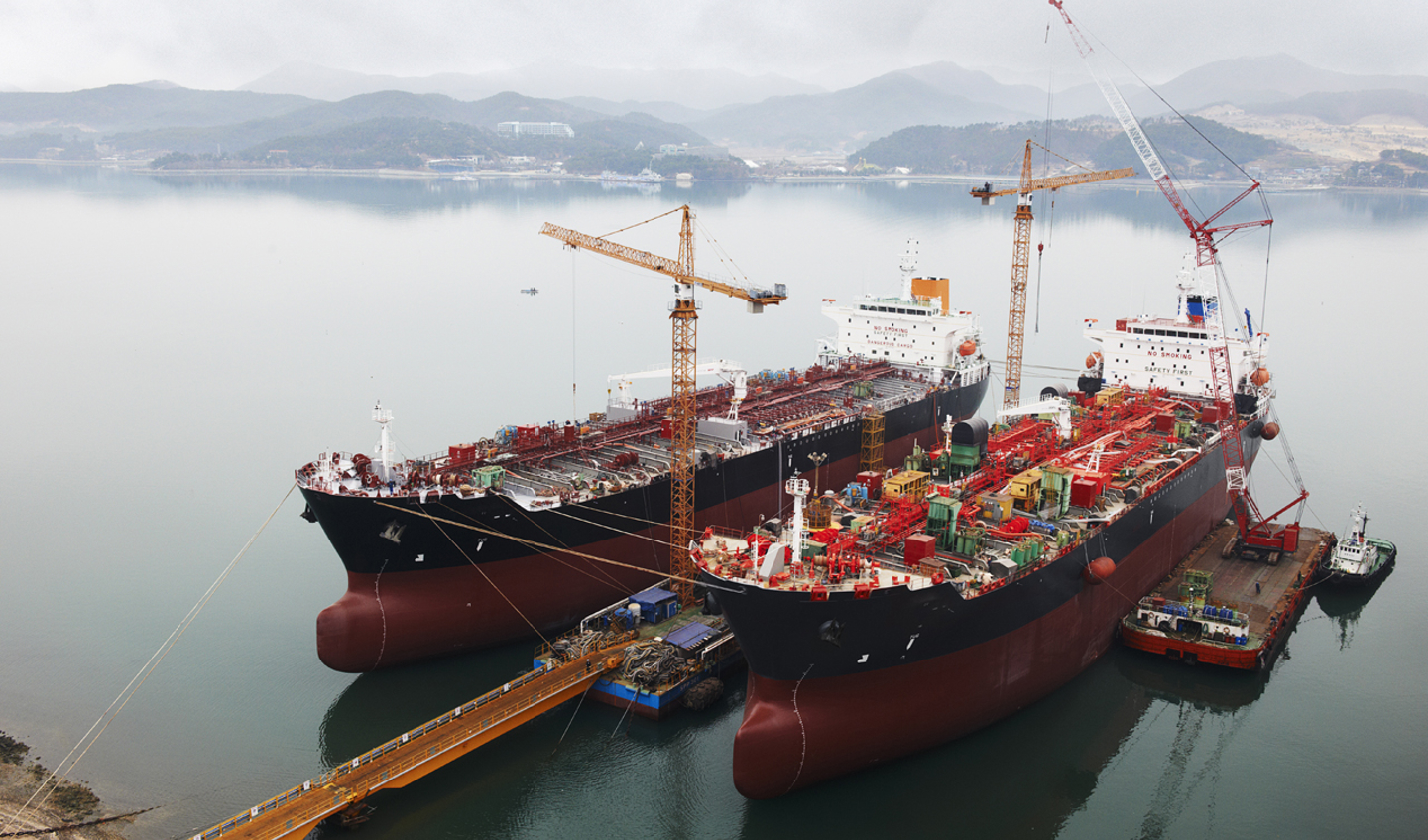The swift reintroduction of international travel bans to stem the spread of the Omicron variant of COVID-19 has derailed the already faltering turnaround in rates and earnings for the global tanker market. In November it looked like a cold winter and rising international air travel in the New Year would lead a long-anticipated recovery. Now, a new coronavirus variant that first emerged in South Africa in the final weeks of 2021 injects fresh doubt.
Eleven of the world’s largest listed tanker companies reported collective losses exceeding $400m over the July-through-September period, after spot rates averaged the lowest in nearly three decades. Total losses for the first nine months of 2021 surpassed $1bn.
The global pandemic shrank demand for oil and refined products – especially transport fuels – curbing crude production and building inventories that reduced seaborne export flows. Spot rates for most of the tanker fleet have been at or below operating expenses for most of the past 15 months.
Earnings for the global fleet of some 15,000 tankers over 10,000 dwt that ship crude, refined products and chemicals gained over November, returning many shipowners briefly into the black during one of the seasonally strongest periods of the year. Rises halted on the Omicron news.
Oil prices plunged 20 percent in one day on fears the latest COVID-19 variant will weaken demand, and by extension, volumes of crude and refined products for shipment.
The silver lining to lower crude costs is that it may trigger further buying from China, benefiting larger tankers. In the last half of 2021, the world’s largest importer slashed shipments and relied on stocks as prices reached seven-year highs. July-through-September crude imports into China were 13.8% down on the prior-year period, Joint Organisation Data Initiative data show.
The Delta variant was already responsible for sluggish global jet fuel demand which lagged the recovery seen in other transport fuels, which together comprise some 62% of oil consumption. The International Energy Agency downgraded its forecasts for jet fuel and kerosene prior in its November monthly report and noted demand will still be 20% below pre-coronavirus levels by the end of 2022.
The Omicron variant will shave some of the 3.5m bpd of demand growth that the IEA had originally forecast. Even unchanged, the total 99.6m bpd figure is still some 300,000 bpd below pre-pandemic levels. The oil price trajectory, the pace at which OPEC return further crude production to the market, refinery margins and Iran’s nuclear talks will also weigh on crude and refined volumes available for shipment.
The fleet-to-orderbook ratio might be at a record low and scrapping of older tankers is accelerating, but new deliveries of tankers will weigh on rates. Some 340 crude, product, and chemical tankers above 10,000 dwt are scheduled to be added to the existing fleet of 14,485 tankers, according to data compiled by the consulting division of Lloyd’s List Intelligence.
About a third of 2022 deliveries are crude tankers of 60,000 dwt or above. This suggests that while the fleet-to-orderbook is low, the supply of larger tankers is going to rise at the same time as crude demand expands, at least offsetting some of the anticipated gains.

EEXI impacts
An estimated 75% of the global tanker fleet will need to sail at slower speeds or apply another form of carbon dioxide emissions abatement to meet global regulations and metrics that begin in 2023, according to analysis from London shipbroker, Simpson Spence & Young.
The IMO agreed these new targets in June 2021. The technical measures in contained in an Energy Efficiency Index for Existing Ships, known as EEXI. The EEXI is based on but is different to a similar newbuilding design index that was introduced in 2013 and calculates carbon emissions based on service speed, design speed and deadweight tonnage.
Non-compliance will most likely see shipowners sailing at a slower speed to lower emissions, known as ‘engine power limitations’ or EPL. The 25% of tankers that don’t comply will need to be assessed by class societies, the shipbroker said in its mid-year review published in August, creating a “substantial logistical challenge”.
EEXI compliance is recorded on the vessel’s air pollution certification (IAPP) and needs to be in place from the first survey after 1 November 2022.







